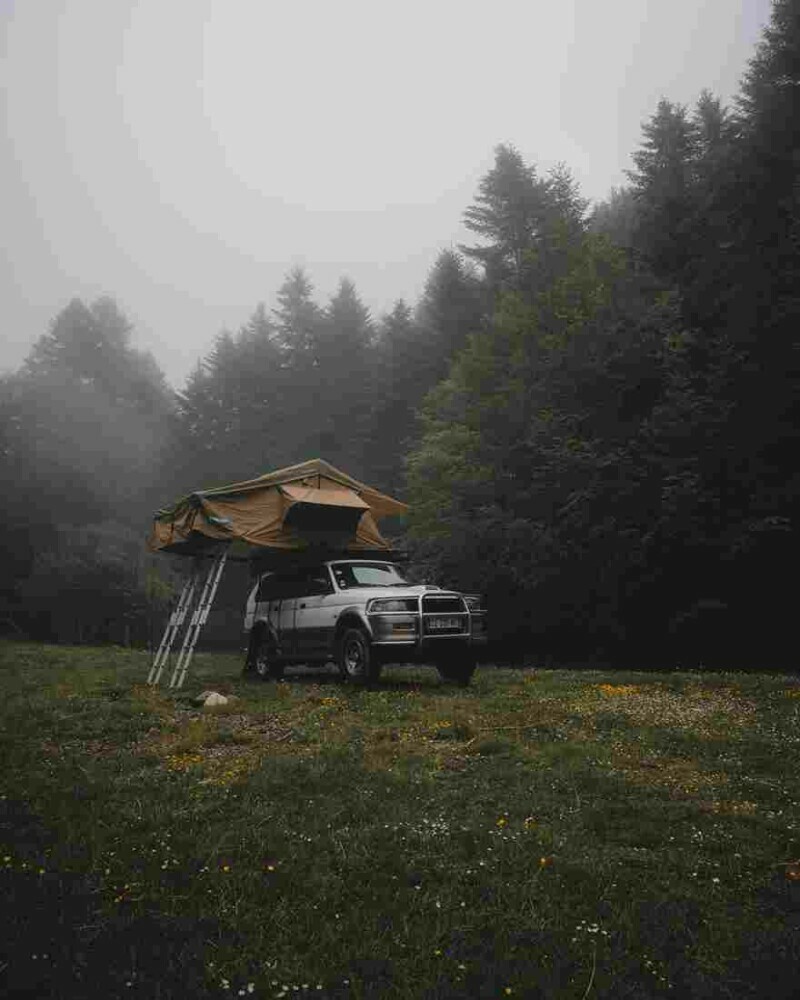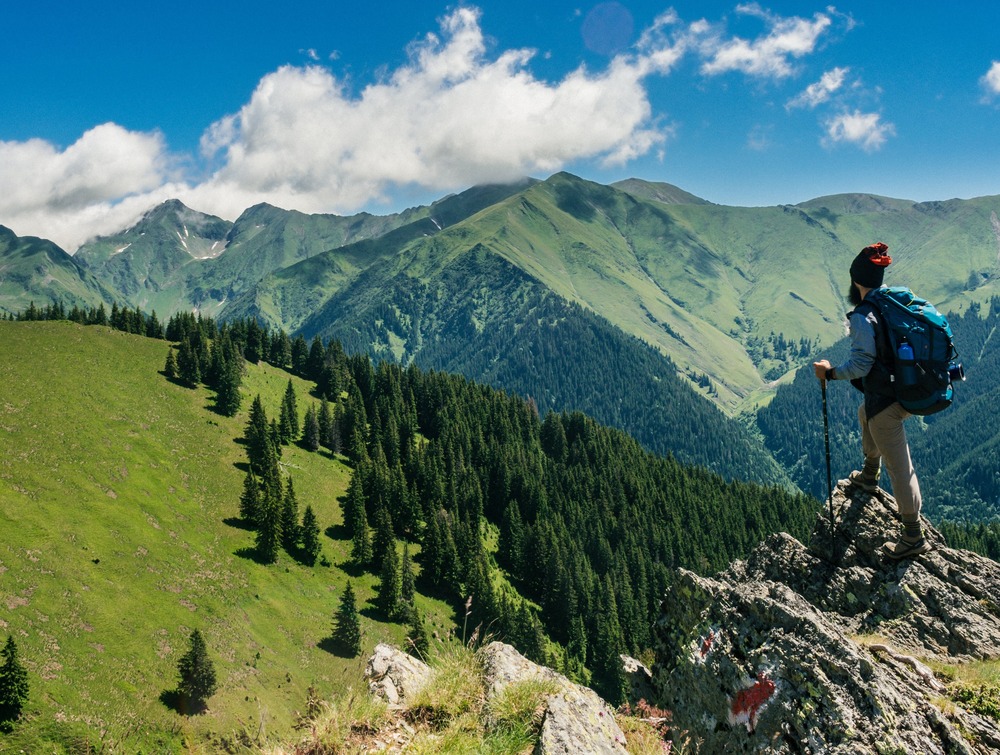The patter of rain on a tent can be the soundtrack to a peaceful night outdoors. But when that moisture turns inward, resulting in a damp tent interior, it can dampen spirits. Condensation is the unseen nemesis of campers, turning cosy retreats into soggy quarters.
Discover the secrets of tent condensation. Learn effective strategies and practical tips for a dry camping experience. So, here`s “Tips For Reducing Condensation When Camping”. Let`s get started.
Introduction to Tent Condensation
Tent condensation is the accumulation of moisture inside your tent. When warm, moist air touches cold surfaces in your tent, condensation forms. This can happen from your breath, wet clothes, or the environment. Understanding the dynamics of tent condensation is the first step in managing it.
Temperature Difference
During the night, the temperature outside the tent drops. When the inside of the tent is warmer from body heat, moisture can condense on the cooler tent fabric.
Understanding Tent Ventilation
Proper tent ventilation is a key combatant against unwanted moisture. Air moves around in the tent to make the temperature more even and prevent condensation. Ventilation ports or mesh panels are often built into modern tents for this purpose.
Solutions for Tent Condensation
Discovering solutions for tent condensation is vital for a comfortable camping experience. These range from selecting the right tent to altering your camping routine. Let’s explore how you can put in place these solutions on your next outdoor adventure.

Choosing the Right Tent
Double-wall tents have two layers and prevent condensation better than single-wall tents. The layers allow air to flow, stopping condensation from forming on the tent fabric.
Tent Placement Matters
Set up your tent in an area that maximizes natural airflow. Avoid low spots like valleys or depressions where cold air and moisture settle. Choose high ground or spots with gentle slopes that help air move around.
Maximize Airflow
Use all ventilation options. Place the tent to let the breeze in and out through the vents, removing moisture.
Reduce Moisture Inside the Tent
Cut the moisture you bring into the tent. Dry off wet gear and clothing outside before bringing them in. To reduce moisture, cook and boil water outside the tent instead of inside. Doing things like cooking or boiling water in the tent can make it more humid. This can cause condensation to form.

Use Absorbent Materials
Carry a small, absorbent towel to wipe down any condensation that forms on the tent walls. This quick fix can prevent moisture from dripping onto your gear and bedding.
Insulate Your Tent
Use a tent footprint and sleeping pads to add insulation between you and the ground. This can reduce the temperature difference that causes condensation to form. Taking proactive steps can help in reducing condensation in your tent. Expect conditions that lead to condensation and adjust your camp setup.
Vent Even in Cold Weather
It might seem counterintuitive, but maintaining ventilation is as important in cold weather. Warm air from your body can lead to condensation as it hits the cooler tent fabric.
Limit the Number of Occupants
The more people in a tent, the more breath and body heat contribute to moisture levels. If space allows, limit the number of occupants or use a larger tent to improve airflow. If it is cooler outside but still humid, opening the vents may not lower the humidity in the tent. The moisture from your breath and sweat adds to this, especially with more people in the tent.
Avoid Camping Near a Water Source
Camping near water sources, while convenient, often leads to increased condensation inside tents. During the night, bodies of water like lakes, rivers, and streams cool the air around them. When cooler air meets the tent’s warmer surface, it loses moisture and condenses.
This moisture can accumulate inside the tent, making the interior damp and uncomfortable. To avoid this, it is advisable to pitch your tent at a reasonable distance from water sources. Keeping the inside of the tent dry and cosy is important. It also helps protect the nearby nature by reducing human impact.

To reduce condensation, consider the following:
Make sure to pitch the tent in an area with more airflow.
Use a tent with larger or more vents to improve air circulation.
Avoid cooking inside the tent and store wet gear outside if possible.
Use a double-wall tent with a breathable inner layer and a waterproof outer.
Pitch the tent taut to help with airflow and prevent it from touching the inner tent.
Use a groundsheet to reduce moisture coming up from the ground.
In colder weather, consider using a tent designed for all four seasons. The tent designers added vents to stop condensation from happening. Reducing condensation requires a combination of tactics.
During any camping trip, you can apply these practical tips:
Always use the rainfly even if it’s not raining, as it helps to regulate temperature.
Create air gaps at the bottom of the tent to let moisture out and air in.
Avoid using heaters inside the tent, as they can increase humidity levels, but also creates a fire hazard.
Store wet gear in an exterior tent vestibule or hang them under a tarp outside to dry.
Even with the best practices, condensation issues with tents can still occur. Don’t get discouraged. Change your strategies, as you go. Remember that outdoor conditions are always a learning experience.

Conclusion
Battling tent condensation is an ongoing challenge for campers. Making camping comfortable is simple. use the right tent, choose a good campsite, and manage ventilation and moisture. Make your next outdoor trip memorable by following these tips and having fun.
In certain weather conditions, we can’t always avoid condensation. Yet, good practices can reduce it. A dry tent is a happy tent. So keep the air moving, the moisture out, and the spirits high as you embrace the great outdoors.



